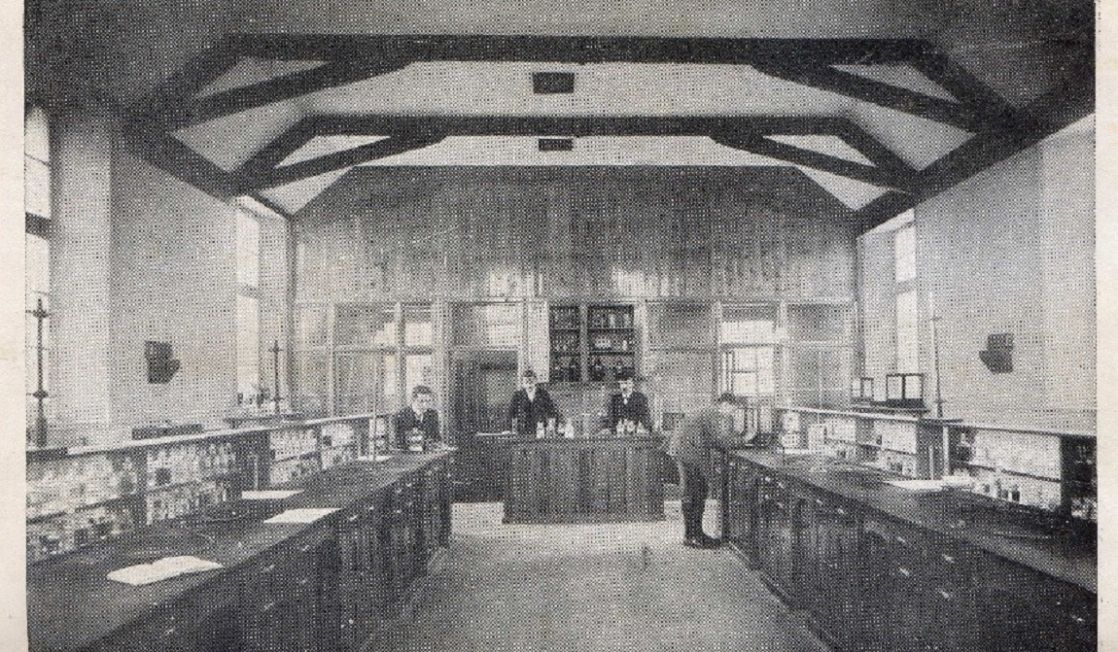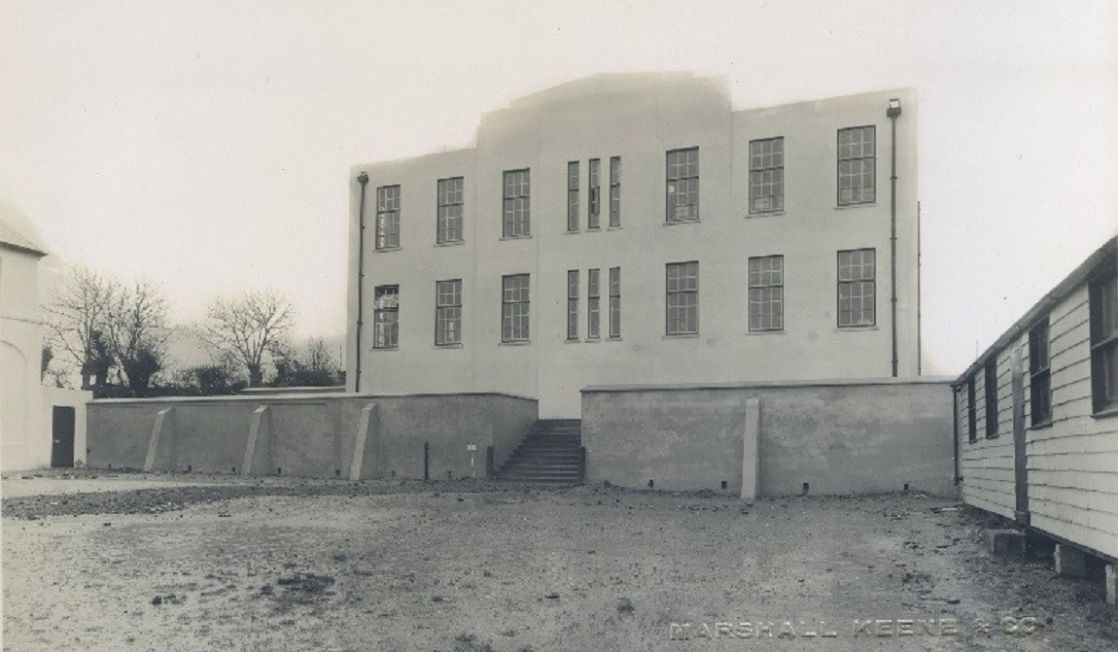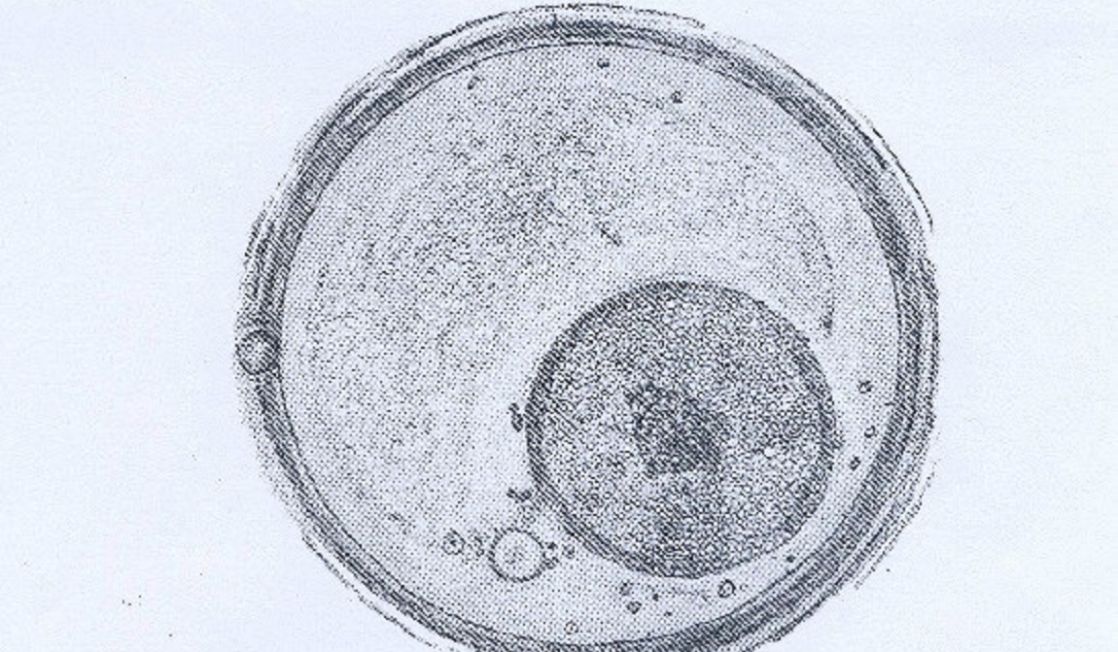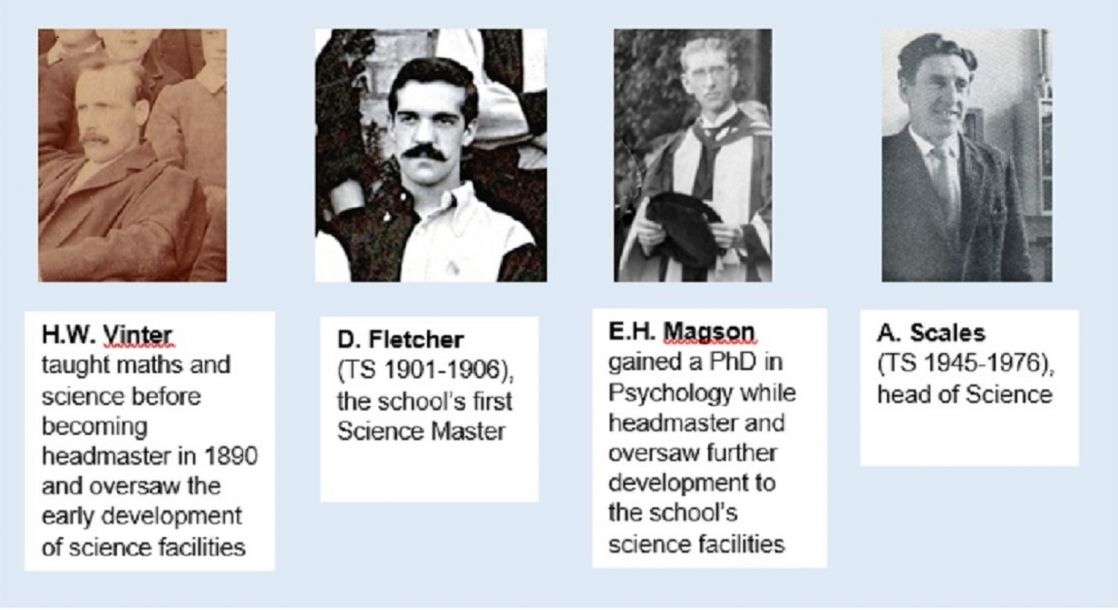Back
- Nursery
- Prep
- Senior
- Sixth
- Home
- Contact Us
- Admissions
- Boarding
Date Posted... Apr 27th 2021
Categories..
Science at Truro School has come a long way since the early days of the school in the 1880s. It has become much broader in scope, expanding from maths and elementary science in the late 19th century, through the physical and life sciences, to include social sciences such as ethics, economics and psychology in 2015.
When the school first opened, ‘little more than the three Rs … crossed their mental horizon’. However by 1890 the school prospectus boasted a seven-pronged syllabus including many branches of maths and elementary sciences as well as the possibility of Practical Chemistry in the newly built, well-equipped laboratory, for an extra three guineas a year. The new lab was a vast improvement on the small cupboard in the main schoolroom where all the chemistry apparatus had been stored before. Early school exam successes included engineering and pharmacy as well as first places nationally in geography and trigonometry in 1890. Only a few years earlier Ernest Coleman became the first student at the school to pass the London Matriculation exam and enter university to study medicine. A significant proportion of pupils at this time also went on to mining and engineering careers.

Chemistry Lab 1901
Scientific study continued to grow at the school. In the early 1900s the chemistry lab was replaced and expanded, and soon followed by a physics lab, because it was ‘useless to teach theoretical science without the practical’. However biological sciences appear to have been mainly confined at this time to the younger boys in the form of nature study, although wider interest grew and by the 1920s and 1930s there was a gardening club, a natural history competition and a bee-keeping society introduced. In 1890 a school museum was established and quickly grew as former pupils sent items of interest back to their old school, including various natural specimens, fossils and minerals.
In 1913 pupils kept a record of the weather in the autumn term and noted that it had been fairly warm, with an average of 11.5 °C, and rainfall of 12.542 inches leading the school magazine to comment ‘we expect and hope that a long time will elapse before we have to record so wet a term as this has been’.
The prominent place of science at the school was reaffirmed with the opening of the Science Block in January 1937 ‘constructed on modern lines throughout…again provided the finest set of science laboratories in the south-west’. The headmaster, E.H. Magson, commented that this was not to the detriment of the arts, humanities and languages at the school but to allow these subjects to take ‘their right and proper place’, creating more space for them by providing new space for the sciences. The new block originally included a large lecture theatre and physics labs on the ground floor, with chemistry labs and a dedicated biology lab above. There was also space for a dedicated art room.
Physics, chemistry, biology, maths and geography dominated the main areas of study for the Sixth Form from the 1930s well into the 1960s, when botany, zoology, economics and geology were also available.

1937 Science block
Various science-based clubs and societies were started, some lasted better than others, including the Scientific Society, established in 1938, which evolved into Senior and Junior Science Societies by the 1950s. There were several incarnations of photography, radio and electronics clubs engaging pupils with the various processes involved. Possibly inspired by digging up the playing fields for potatoes during the war, and because many of the students were from farming families, a Young Farmers’ Club was set up at school by the early 1950s.
From the 1950s onwards there was an increased number of trips out of school to see science in action. One of the earliest was a trip to the London Planetarium in 1958. Science in industry was also observed by visits to the Rosewarne Experimental Horticulture Station and the Climax Works, Camborne. Geology trips took place to the Isles of Wight and Arran, and more recently to places like Tenerife.
New science labs were opened in 1957, the result of grant from the Industrial Fund and included two physics labs, a lecture room and, finally, a biology lab. The original science block by now housed two chemistry labs, a general science lab, Geography, Geology and spare classrooms. The extension was opened by Professor R.E. Tunbridge who spoke of them ‘living in a scientific age’.
‘…Science was part of life, but in the very recent history it had been something which had inspired. In a world dominated by science, its disadvantages must be considered in the light of its advantages …science taught precision. It contributed very materially to our ideas. We were sometimes inclined to forget how much our approach and outlook on life was affected by the discoveries of scientists over the last 50 years. Those who had a grounding in science need have no fear of the opportunities which would come their way in life’.
More space and facilities enables a more extensive range of study and further progress was possible when the Graham Smith Rooms opened in 1966 and the Biology Block was opened in the 1980s. The original science students at the school, if they could revisit, might still recognise items once stored in the small chemistry cupboard but would now be amazed at the changes that have taken place.

From Terraces, 1976
Many students have gone on to science-related careers after leaving Truro School. One of these is commemorated in the C.L. Bryant Prize for Science awarded annually at Speech Day since 1959. Charles Leslie Bryant (TS 1890-1896) became a science teacher at Harrow in 1913, but his earlier career was spent developing new methods and techniques for teaching science and mathematics in the ‘laboratories of educational experiment’ at the Royal Naval College, Dartmouth. He was also the first chairman of the Truro School Society.
